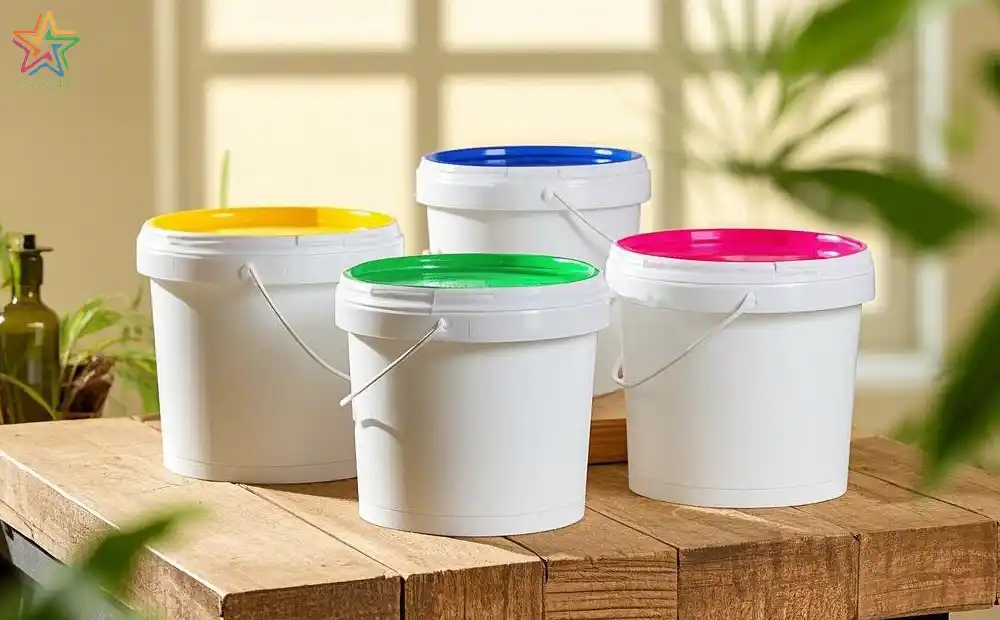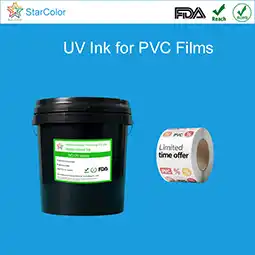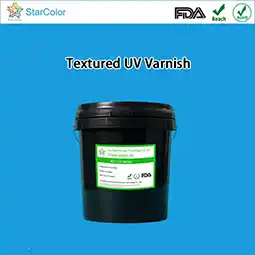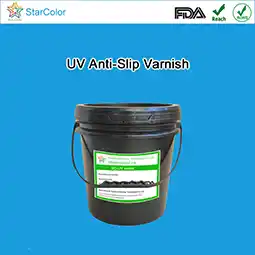How to Test Water-Based Flexo Ink Performance(Part 1)
Date: Aug 08 2025 From: Star Color Views:
I. Basic Performance Testing
Basic performance determines an ink’s storage life and fundamental applicability, serving as the first step in evaluation. It focuses on pigment dispersion, rheological properties, and chemical stability.1. Color and Color Difference Testing: Ensuring Color Consistency
- Testing Purpose: Verify color stability between ink batches and after printing, preventing color differences caused by uneven pigment dispersion.
- Standard References: ASTM D2244, ISO 11664-4.
- Testing Tools: Spectrophotometer, standard light source box.
- Testing Procedures:
① Take undiluted ink samples and print 10×10cm color blocks on standard white paper (wet film thickness: 5-10μm).
② After 24 hours of drying, measure L* (lightness), a* (red-green value), and b* (yellow-blue value) using a spectrophotometer under D65 light source and 10° observation angle.
③ Calculate the color difference ΔE from the standard sample and average results from 3 repeated tests. - Result Criteria: Qualified standards require inter-batch ΔE ≤1.0; post-printing ΔE ≤1.5 compared to the standard sample (≤1.0 for high-precision scenarios like food packaging).
2. Fineness and Dispersibility Testing
- Testing Purpose: Check the uniformity of pigment dispersion in water, avoiding issues like plate clogging and color spots caused by coarse particles.
- Standard Reference: GB/T 13217.3 (Ink Fineness Testing Method).
- Testing Tools: Scraper fineness gauge (range: 0-50μm), 10x magnifying glass.
- Testing Procedures:
① Drop ink samples into the bottom of the fineness gauge groove and scrape vertically with a blade to fill the scale range with ink.
② Observe the scale value at the area with dense particles using a magnifying glass within 30 seconds, repeating 3 times. - Result Criteria: Water-based inks for flexographic printing require fineness ≤5μm; for fine printing (e.g., 600-line anilox rollers), fineness ≤3μm.
3. Viscosity and pH Value Testing
- Testing Purpose: Ensure stable ink fluidity during printing, preventing uneven ink transfer caused by viscosity or pH fluctuations.
- Standard References: ASTM D2196 (Rotational Viscometer Method), GB/T 13217.4 (Ink pH Value Testing Method).
- Testing Tools: Rotational viscometer (e.g., Brookfield DV2T), portable pH meter (accuracy: ±0.01).
- Testing Procedures:
① Viscosity Test: Adjust ink temperature to 25°C, select a suitable rotor (e.g., No. 63) at 60rpm, and record cps values after stabilization.
② pH Value Test: Insert the pH meter probe into the ink, stir for 30 seconds, and read the value. Calibrate with standard buffer solution before testing. - Result Criteria: Viscosity for conventional flexographic printing should be controlled at 25-40cps; pH value must remain 8.0-8.5 (alkaline environment prevents resin precipitation).

II. Application Performance Testing: Practical Verification Simulating Printing Scenarios
Application performance testing focuses on ink performance in actual printing, directly relating to production stability and finished product quality. It includes key indicators such as adhesion, drying speed, and dot reproduction.1. Adhesion Testing: Evaluating Ink-Substrate Bond Strength
- Testing Purpose: Verify ink adhesion to the target substrate, preventing ink peeling during subsequent processing.
- Standard References: ASTM D3359 (Cross-Cut Method), GB/T 9286 (Cross-Cut Test for Paints and Varnishes).
- Testing Tools: Cross-cut knife (blade spacing: 1mm), 3M 610 tape, eraser.
- Testing Procedures:
① Use a cross-cut knife to score a 10×10 grid (area: 1cm²) on printed samples, with depth penetrating the ink layer to the substrate.
② Firmly apply tape to the grid area, peel it off vertically quickly, remove residual ink with an eraser, and observe grid peeling. - Result Criteria: Ratings range from 0 to 5B (5B is best); film substrates require ≥4B, and paper substrates require ≥5B.
2. Drying Speed Testing: Optimizing Efficiency and Anti-Smudging
- Testing Purpose: Determine ink drying time under specific process conditions, preventing smudging and sticking caused by insufficient drying.
- Standard References: TAPPI T559 (Paper Ink Drying Test), custom drying simulator (temperature control: 60-80°C).
- Testing Tools: Finger-touch drying test pen, drying time recorder, friction tester.
- Testing Procedures:
① Surface Drying Test: Lightly touch the ink layer with clean filter paper every 10 seconds after printing until no ink transfers, and record surface drying time.
② Complete Drying Test: Place samples in a 60°C oven for varying durations, rub 30 times under 500g load, and check for ink peeling. - Result Criteria: Surface drying time must be ≤2 seconds (to adapt to 300m/min printing speed); complete drying time ≤10 seconds, with no significant color loss after friction.
3. Dot Reproduction and Enlargement Rate Testing: Evaluating Fine Printing Capability
- Testing Purpose: Verify ink transfer precision under high-line anilox rollers, ensuring clarity of fine patterns like small text and gradients.
- Standard Reference: ISO 12647-6 (Process Control for Flexographic Printing).
- Testing Tools: Dot measuring instrument, 50x magnifying glass.
- Testing Procedures:
① Print standard step wedges (containing 10%-90% dots) and use a measuring instrument to read the actual area of 50% dots.
② Calculate dot enlargement rate: [(Actual dot area - Nominal dot area) / Nominal dot area] × 100%. - Result Criteria: For 600-line anilox rollers, 50% dot enlargement rate must be ≤15%; for 800-line rollers, ≤12%, with no blurred edges.
 RU
RU EN
EN CN
CN















